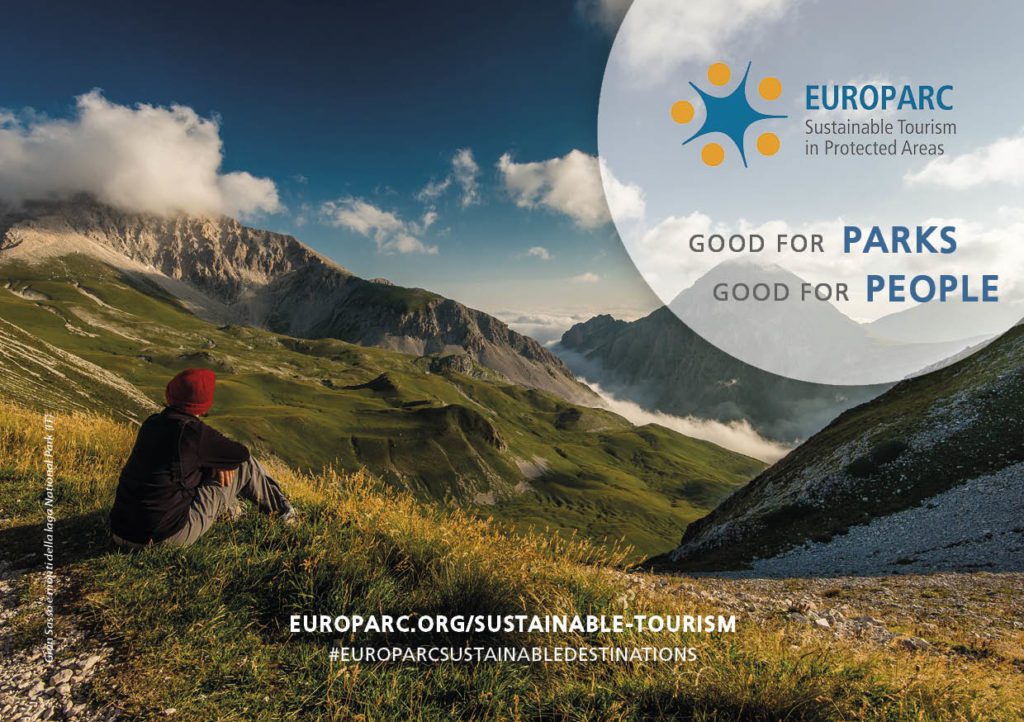Altja fishing village in the Lahemaa Park (Estonia) / EUROPARC Sustainable Destination. Photo Toomas Tuul
The European Charter for Sustainable Tourism (ECST) in Protected Areas is recognised internationally as a model for sustainable tourism management.
It is in line with the international Guidelines on Biodiversity and Tourism Development the Global Sustainable Tourism Criteria for destinations, and the European Commission’s tourism policy and its priority “to promote the development of sustainable, responsible and high-quality tourism”, and gives guidance to Parks and Businesses to work for the achievement of the Sustainable Development Goals.
Embedded in the European Charter for Sustainable Tourism in Protected Areas are these important concepts:
- protection of the natural and cultural heritage,
- participation by all stakeholders,
- effective partnership working,
- planning to prepare and implement a sustainable tourism strategy,
- to realise the environmental, social and economic benefits of everyone working more sustainably.
Why become a Sustainable Destination?
The European Charter for Sustainable Tourism in Protected Areas (ECST) is awarded by the EUROPARC Federation through an independent verification process. The award recognises not just a commitment to sustainable tourism but also the implementation of practical sustainable actions by public and private partners. Such actions;
- bring measurable economic, social and environmental benefits from well-managed sustainable tourism,
- strengthen relations with local tourism stakeholders and the wider tourism industry,
- provide access and membership of an extensive and dynamic European network.
The ECST provides a model of governance that delivers Protected Areas as sustainable tourism destinations. Further, all actors through the application of sustainable tourism practice in their region ensure the natural habitat and landscapes upon which they all depend are conserved for future generations.
The process of pursuing and achieving the award enables all involved to receive expert advice, maintain motivation and incentive, and obtain international recognition. Engaging in the ECST process is highly successful as a guide and a stimulant for more sustainable tourism in Protected Areas. It has provided an incentive and a framework for Protected Area authorities to work with tourism businesses and other stakeholders to agree on future plans and support a whole range of creative actions.
